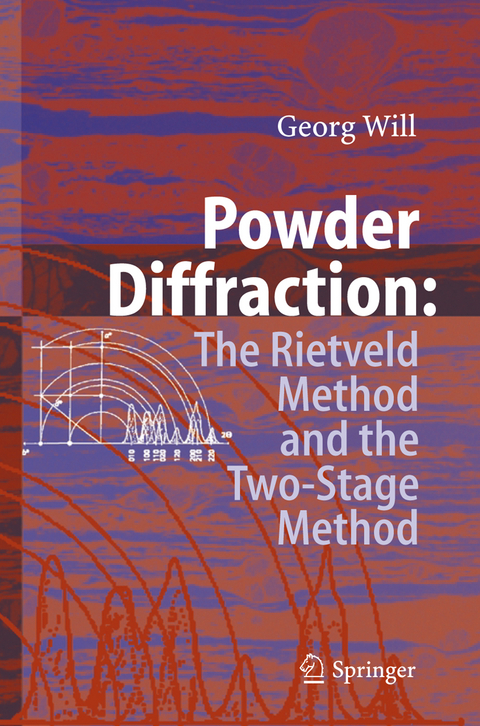
Powder Diffraction
Springer Berlin (Verlag)
978-3-642-06626-9 (ISBN)
Crystal structure analysis from powder diffraction data has attracted considerable and ever growing interest in the last decades. X-ray powder diffraction is best known for phase analysis (Hanawalt files) dating back to the 30s. In the late 60s the inherent potential of powder diffraction for crystallographic problems was realized and scientists developed methods for using powder diffraction data at first only for the refinement of crystal structures. With the development of ever growing computer power profile fitting and pattern decomposition allowed to extract individual intensities from overlapping diffraction peaks opening the way to many other applications, especially to ab initio structure determination.
Powder diffraction today is used in X-ray and neutron diffraction, where it is a powerful method in neutron diffraction for the determination of magnetic structures. In the last decade the interest has dramatically improved. There is hardly any field of crystallography where the Rietveld, or full pattern method has not been tried with quantitative phase analysis the most important recent application.
Georg Will studied physics and crystallography a the Technische Hochschule München. In 1961 he moved to the USA, where he worked at the Brook National Laboratory, where in collaboration with Walter Hamilton the idea was born to analyse crystal structure from powder diffraction data using a POWLS program. A decisive step forward came in the 1980's when he worked with Bill Parrish at the IBM Research Laboratory in San José, California. At that time the "two stage method" was developed to its present state, beginning the analysis of computer based profile fitting followed by least squares refinements and Fourier methods. He returned to Germany in 1965 and to Bonn in 1969, where he concentrated on neuron diffraction for the study of crystal and magnetic strucutres using the "two stage method".The "Rietveld method" was also applied, although it was only useful for limited and some well defined problems. Later he extended his interest to in-situ high pressure diffraction with synchroton radiation. In 1990 with the newly developed position-sensitive detector JULIOS, diffraction experiments were started at the spallation source ISIS in England. Through the simultaneous recording of angles and energies, this detector in combination with the "two stage method" gave a specific advantage in studying powders as well as single crystals (Laue diffraction) with spallation source neutrons.
General Considerations.- The Rietveld Method.- The Two Stage Method.
| Erscheint lt. Verlag | 12.2.2010 |
|---|---|
| Zusatzinfo | IX, 224 p. |
| Verlagsort | Berlin |
| Sprache | englisch |
| Maße | 155 x 235 mm |
| Gewicht | 363 g |
| Themenwelt | Naturwissenschaften ► Geowissenschaften ► Geologie |
| Naturwissenschaften ► Geowissenschaften ► Mineralogie / Paläontologie | |
| Schlagworte | Crystal • crystallography • Crystal structure analysis • diffraction • Powder diffraction • Rietveld method • Two-Stage-Method |
| ISBN-10 | 3-642-06626-7 / 3642066267 |
| ISBN-13 | 978-3-642-06626-9 / 9783642066269 |
| Zustand | Neuware |
| Haben Sie eine Frage zum Produkt? |
aus dem Bereich


